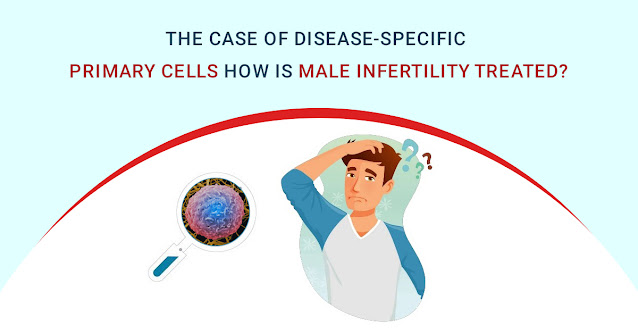HUVEC Primary Cells: Choosing the right endothelial cells

Humans are susceptible to a wide range of illnesses, including cancer, diabetes mellitus, atherosclerosis, and viral infections. They have an impact on various tissue types and result in numerous pathophysiologies. But they do have one characteristic, which is that they are all characterised by vascular endothelium dysfunction. Human umbilical vein endothelial cells (HUVECs) are typically used in studies on vascular endothelium. HUVECs primary cells were first isolated and grown in the 1970s, and since they are widely available, fairly simple to culture, highly proliferative, and able to migrate and infiltrate new tissues, they quickly established themselves as the foundation of cell researchers' work in many laboratories. HUVECs, on the other hand, may not accurately reflect in vivo settings because they originate from immune-privileged foetal tissue and may not be identical to adult vascular endothelium. As a result, due to the ambiguous relevance in adults, data produced wit...





